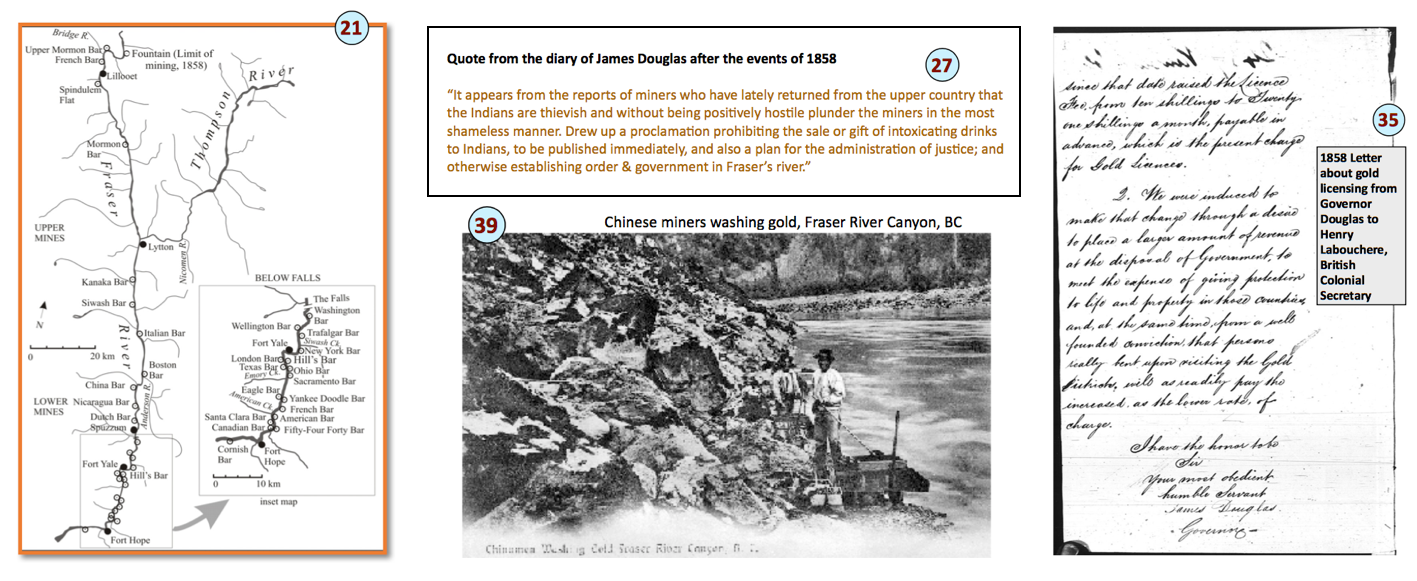Resources for the new BC Social Studies 9
As BC Education continues to evolve the Pacific Slope Consortium is working to provide resources that support teachers and students as they transition to the new curriculum and improve their educational practice. These resources combines the familiar with a student-centred, exploratory program that fits a competency-based approach to Social Studies and the BC Education Plan. For information on the nuts and bolts of the revised Social Studies 9, refer directly to the Ministry of Education site for the draft curriculum.
Sample Course OutlinesFor comparison:
Example of new SS9 Suggestions for Lesson ElementsOne of the reservations about teaching a survey-based SS9 might be that sheer volume of information that could accompany the course. The trick is to keep a good pace, slow down when needed, and keep the focus on students developing critical thinking skills (through working with content) rather than simply gathering bits of history from the a 165 year period. Keeping in mind there is no provincial exam, we recommend that teachers structure their lessons (e.g. over 2-3 classes) to include the following:
Sample Source ActivityThis collection of 40 sources relates to the 1858 Fraser River Gold Rush and the Fraser Canyon War. Link: Canyon War Sources pdf document. Many of these sources originated from the important work of Dr. Dan Marshall, whose research into the 1858 Fraser Canyon Conflict resulted in a documentary film Canyon War and a multiple award-winning book Claiming the Land. We are indebted to Dr. Marshall for his generous contributions to a more inclusive and accurate narrative of BC History and the evidence-rich approach to "Social Studies" that we think is such a good fit for our students.
These sources can be used in many ways:
Riel in the News |
Simulations
Projects
Suggestions for AssessmentWe have experimented with short assessments to gauge student learning. Rather than the traditional test (tons of multiple choice questions, sometimes with a written section), these assessments could feature just a few of the primary sources or other evidence used to teach during the unit. Students should respond with some basic questions about each source, especially around significance. This could be in the form of notes, writing or diagrams, and could be take-home (assignment style) or test format. Evaluation could be informal (self, group, teacher) and used as formative assessment, or marked by the teacher for summative assessment. We use a 5-point rubric to score each collection of questions around a source. While this may seem like a lot of work, it goes quickly and the teacher will soon recognize that they are gathering very accurate information about what their students know, do, and understand. Other tests, exams, and so on will not be needed, although these performance-based assessments can be blended with projects marks.
| ||||||||||||||||||||||||||||||||||||||||||||||||||||||||||||||||||||||||||||||||||||||||||||||||||||||||||||||||||||||||
